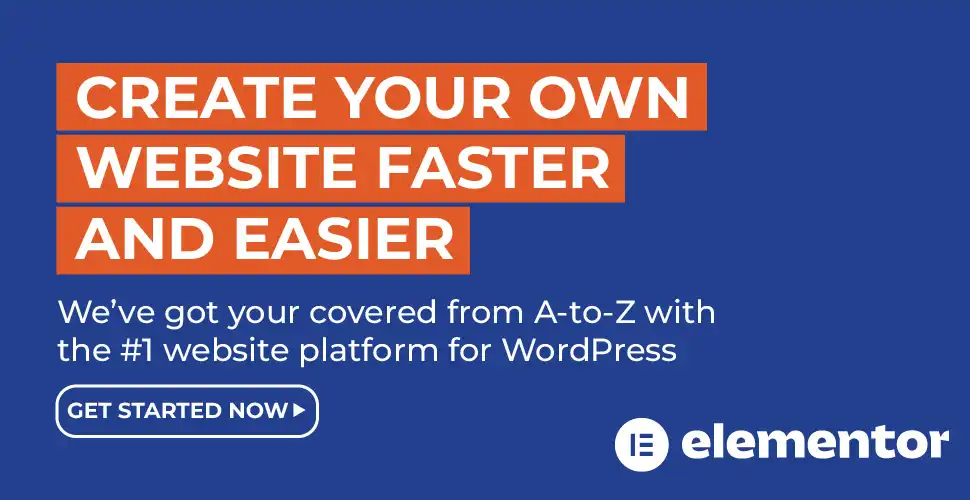
In today's digital age, the traditional sales model has evolved to cater to the changing behavior of contemporary buyers. In the B2B realm, eCommerce sales funnels offer a new way to convert leads into paying customers. This blog post will provide you with a step-by-step guide on how to create a B2B sales funnel.

Here's what a typical B2B eCommerce sales funnel looks like
Step 1: Awareness - The customer becomes aware of your business and what products/services you offer. At this stage, your goal is to generate traffic to your website.
Step 2: Interest - The customer shows interest in your products/services by engaging with your website, reading your blog posts, and downloading educational materials like whitepapers, infographics, and eBooks.
Step 3: Consideration - The customer is considering your products/services as a potential solution to their problem. At this point, you aim to keep them engaged by providing demos, webinars and addressing frequently asked questions about your products/services.
Step 4: Intent - The customer expresses their intent to purchase, but they require more information about the product/service, pricing, and delivery terms. Your goal is to make it easy for them to gather this information by offering relevant content and personalized interactions with your team.
Step 5: Evaluation - The customer is at the point where they're evaluating your products/services against your competitors. Your objective is to differentiate your offerings, provide competitive pricing, and ease their transition into becoming a paying customer.
Step 6: Purchase - The customer has made a purchasing decision and converted into a paying customer.
Why Is a B2B eCommerce Sales Funnel Critical?
A well-designed sales funnel can help businesses achieve the following benefits:
- Increased Sales: Moving a potential customer through a predetermined series of steps can increase conversion rates and reduce cart abandonment rates, resulting in more sales.
- Streamlined Marketing: By keeping customers engaged through the different stages of the sales funnel, you're building trust and loyalty, which makes it easier to target them with personalized messages and offers at various points in the buying process.
- Enhanced Customer Experience: By providing engaging content that addresses the customer's pain points, you create a relationship that fosters trust. By leveraging this relationship, you can create a more personalized buying experience that enhances their experience.
Build a Highly Effective B2B Sales Funnel
Step 1. Define Your Target Audience
The first step to creating an effective B2B sales funnel is defining your target audience. To do this, you must identify your ideal customers' industries, job titles, and demographics. This information will help you tailor your marketing efforts to reach and resonate with your target audience effectively.
Step 2. Create Engaging Content
Creating engaging content that speaks to your target audience's pain points, challenges, and interests is essential to attract prospective customers into your sales funnel. This content can be blog posts, whitepapers, webinars, video content, or any other valuable content your target audience finds.
Step 3. Generate Leads
Lead generation strategies like email capture, social media ads, referral marketing, and content marketing can drive traffic to your website and attract potential customers into your sales funnel. Once you have this lead information, you need to nurture these leads and create opportunities for building trust to convert them into paying customers.
Step 4. Nurture the Leads
Nurturing your leads involves communicating with them along the sales journey and providing opportunities for them to learn more about your company, products/services, and how they can solve their specific challenges. Tools like lead magnets, chatbots, quizzes, and automated email sequences can help you manage the lead nurturing process.
Step 5. Close the Sale
Once you have taken the necessary steps to nurture your leads, converting them into paying customers is the final step. A compelling product demo, a competitive pricing model, and a well-designed buying process can help you secure the sale.
The Benefits of Creating an Effective B2B eCommerce Sales Funnel
Creating an effective B2B eCommerce sales funnel offers several benefits, including:
- Increased Sales: By constructing a sales funnel that takes a customer through a multi-step process, you can reduce cart abandonment rates and increase conversion rates.
- Streamlined Marketing: Sales funnels allow you to target customers at specific times of the buying process with tailored messages and offers. By streamlining your marketing, you can be more efficient with your resources and increase the success rate of your campaigns.
- Enhanced Customer Experience: By providing value-added content and consistently engaging with leads, you're building a relationship that fosters trust. This can lead to repeat business and referrals in the future.
Examples of Companies with an Effective B2B eCommerce Sales Funnel
Two companies that showcase effective B2B eCommerce sales funnel are:
- Hubspot: They provide a seamless buying process that starts with a free software trial. The trial is easy to use, and its lead-generation tactics generate value-added content that customers find beneficial from the beginning.
- Salesforce: They use personalized email campaigns tailored towards the buying process and built-in chatbots to give customers the information they need to make informed decisions about the products offered.

In summary
By following these five steps to building a highly effective B2B eCommerce sales funnel, you can improve your ROI and customer engagement and reach your sales goals. Analyze the data to optimize the sales funnel for maximum sales performance and make changes based on the performance of each stage of the process.

